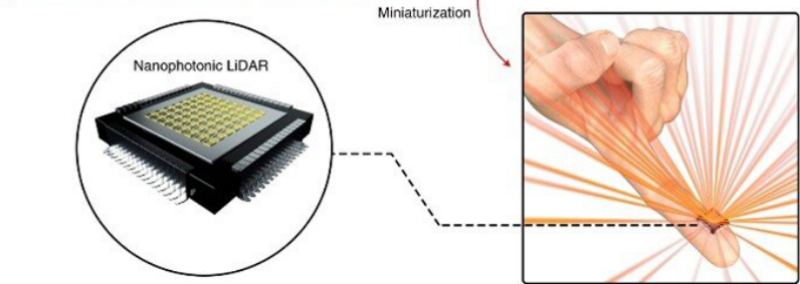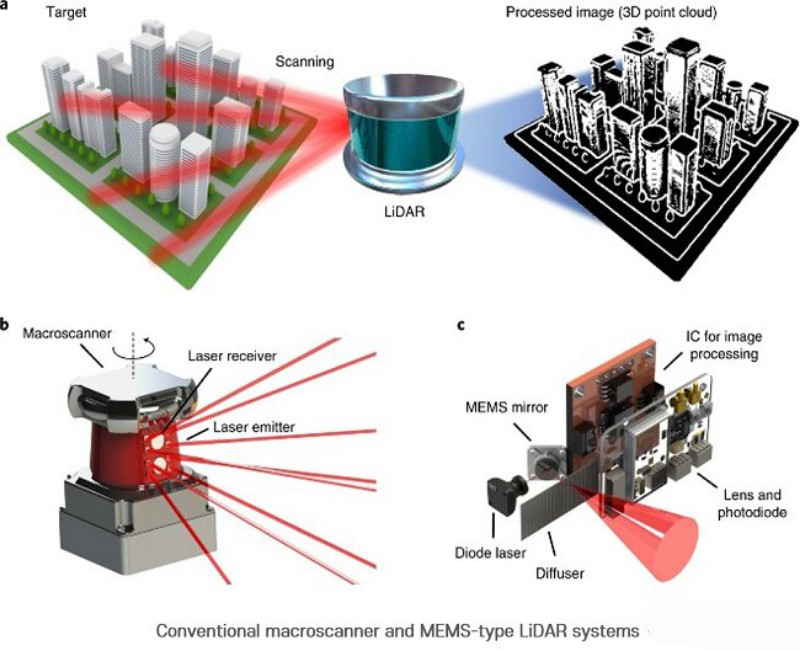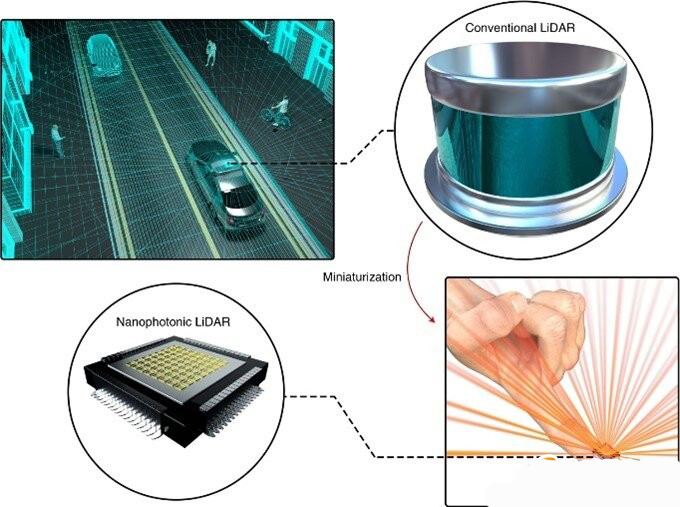POSTECH team's launched finger-sized drone LiDAR

The Drone LiDAR (Lidar) technology based on nanophotonics developed by the research team of POSTECH was published as an invited paper in "Nature Nanotechnology", which is a leading academic journal in the field of nanoscience and nanoengineering.
This article is led by the POSTECH research team (led by Professor Junsuk Rho from the Department of Mechanical Engineering and Chemical Engineering, Dr. Inki Kim, a postdoctoral researcher from the Department of Mechanical Engineering, and Jaehyuck Jang, a doctoral candidate from the Department of Chemistry) and the French National Institute of Science (CNRS-CRHEA) Collaboration, dedicated to the development of LiDAR equipment through the research of ultra-light nanophotonics based on metamaterials.

In addition, this article introduces core nanophotonics technologies, such as phase-change material-based beam scanning technology, flash-type LiDAR that does not require beam scanning through the application of point cloud generation equipment, and light source equipment integration and scalable manufacturing methods.
In particular, the paper explained that the ultra-precision LiDAR equipment developed by the research team can be applied not only to autonomous vehicles, but also to smart robots, drones, 3D panoramic cameras, closed-circuit television and augmented reality platforms. LiDAR technology collects the depth information of the object by irradiating a laser beam on the object and measuring its return time. From mechanical equipment such as self-driving cars, artificial intelligence robots and unmanned aerial vehicles to applications in 3D face recognition or secure payment systems installed on the iPhone, LiDAR sensors will all attract attention in the future display field .

Currently, the size of the high-end mechanical LiDAR system on the roof of a self-driving car is about the size of two adult fists stacked together, costing tens of thousands of dollars. In addition, there are many challenges to overcome, such as the charging process that consumes a lot of power and heat management.
As a solution to this, the research team proposed an ultra-compact LiDAR technology based on nanophotonics. The researchers explained how this nanophotonic technology innovates LiDAR sensor systems in various aspects, from the basic measurement principles of LiDAR to the latest ultra-fast and ultra-high-precision nanophoton measurement methods, as well as nanophotonic devices (such as supersurfaces, soliton microcombs) And optical waveguide).
Professor Junsuk Rho said: “Currently, the research team is conducting several follow-up studies to develop a composite LiDAR system based on ultra-lightweight metasurfaces.” “If this research is successful, we will look forward to manufacturing affordable at an affordable cost. The ultra-fast and ultra-precision LiDAR system developed."


